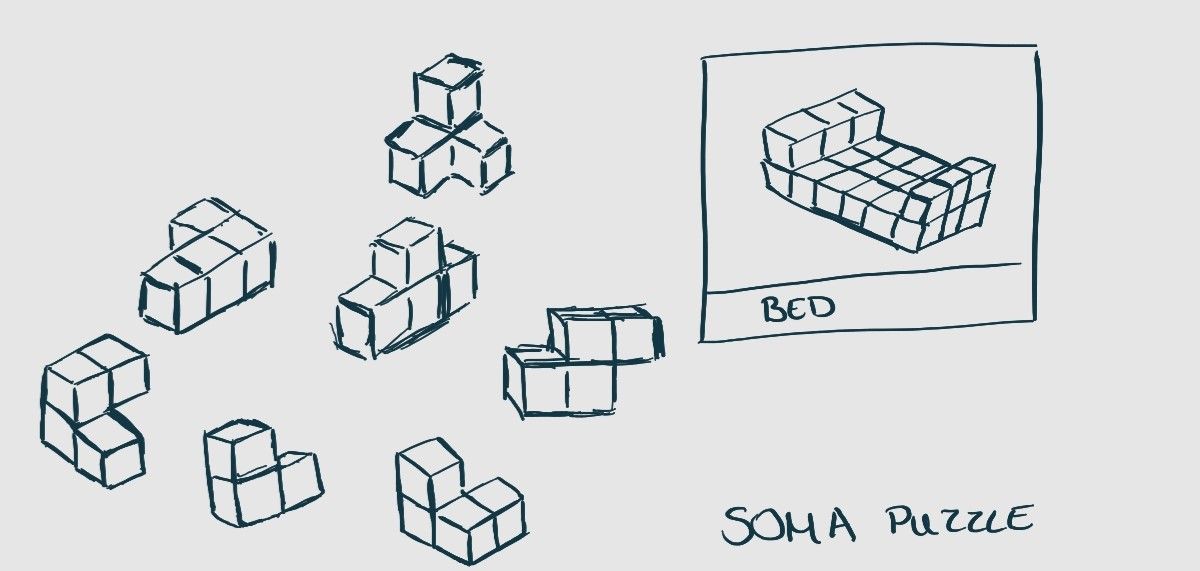Do rewards actually motivate people?
Many people use rewards as a way of motivation to finish a task. Learn why this method can be counter-productive.

Popular motivation technique is not effective
I honestly believe that at least at some point in your life, you have thought about how to motivate yourself or someone else to do something. There are multiple ways how you could approach this, but not all approaches will lead to satisfactory results. In this post, I want to talk about an approach I have read about in the brilliant book “Drive” by Daniel H. Pink. In the very first chapter, he writes about an experiment which was conducted in 1969 to find out if one should give rewards for completing tasks to increase the motivation.
In our current environment, you have maybe come across parents giving children a reward to finish a household task. You might have heard of workplaces, which give employees rewards for successfully accomplishing tasks. Some treat themselves with sweets after eating a healthy meal with full of vegetables.
This approach has definitely some benefits, but it also comes with drawbacks. It’s most effective when you have to do repetitive tasks. One big drawback is that as soon as you take away the reward, the next time a person has to do this task again, the motivation will drastically reduce. Why? Because the people worked for the extrinsic reward instead of for finishing the task itself.
Method of this Research
This conclusion was discovered in 1969 in an experiment by Edward Deci. This is how the experiment was conducted:
University students were divided into two groups - Group A and B. Each one of them had to go into a room together with Deci. Deci was there to explain them the rules and to observe them. The participants were given a specific time frame in which they had to solve Soma puzzle-cubes.

The participants were given in total three pictures of different combinations. After the time frame, Deci tells the participants falsely that he has to go out and note the results into a computer but instead he leaves the room and observes the participants from the outside how they behave after the project time. It was noted if they continued to solve the puzzles, even though the experiment-time has finished or if they did something else e.g. reading some magazines which were also laying there on the table.
This experiment was repeated with the same participants on three consecutive days. They were all given the same tasks, but the circumstances of those two groups were different. The experiment went as follows:
The Experiment
Day 1:
Scenario: Group A and B are told to solve the puzzles within a time frame.
Findings: After the time ended, a few people from both groups continued to try to solve the riddle. The others were not doing anything. There was no significant difference in the motivation between those two groups.
Day 2:
Scenario: Group A was told that they get a monetary reward if they complete the riddle. Group B had the same conditions as on day 1 and would not get any rewards.
Findings: Both groups were more motivated than on day 1 to solve the puzzle even after the given time-frame. But more participants of group A invested more time in solving the riddles than participants of Group B.
Day 3:
Scenario: Group A was told that they will not receive any rewards this time. So, both groups would have the same conditions as on day 1.
Before you read the result of day 3, what do you think about how high the motivation of both groups was rated? Remember, on day 3, both groups are solving the riddles under the same conditions.
Findings: The motivation of Group B has risen again. More people tried to solve the riddles after the given time frame than on day 2. Group A, on the other hand, showed significantly less motivation than on day 1. Most of them immediately stopped trying to solve the riddles as soon as the official time has ended.
Even though both groups had the same rules on day 3, the motivation of solving the puzzles was higher for group B than for group A. We can conclude that the circumstances of people matter, even though the current situation of two groups might look the same.
Conclusion
By continuedly doing a task where one sees a challenge, the motivation for doing the task itself will rise. Rewards can increase the motivation for finishing the tasks, but taking them away will lead to a significant motivation-drop, since the people will compare the current reward (none) with the reward they got before (more than none) for finishing the same task.
Another disadvantage of rewards is that it might make it difficult for people to stay motivated for the long-term if the rewards do not increase in perceived value for the people, since, after a while, the rewards might be not considered as worthy anymore for the same tasks. So, the rewards have to be increased.
If the people would never have gotten any reward, then the motivation might have increased because of the challenge they see in the task. But this conclusion is not applicable to all types of tasks. The applicable tasks are the ones where the tasks do not feel monotonous. If there are monotonous tasks, which few to no people are interested in doing, then people have to be rewarded.
Sources
"Drive" by Daniel H. Pink

